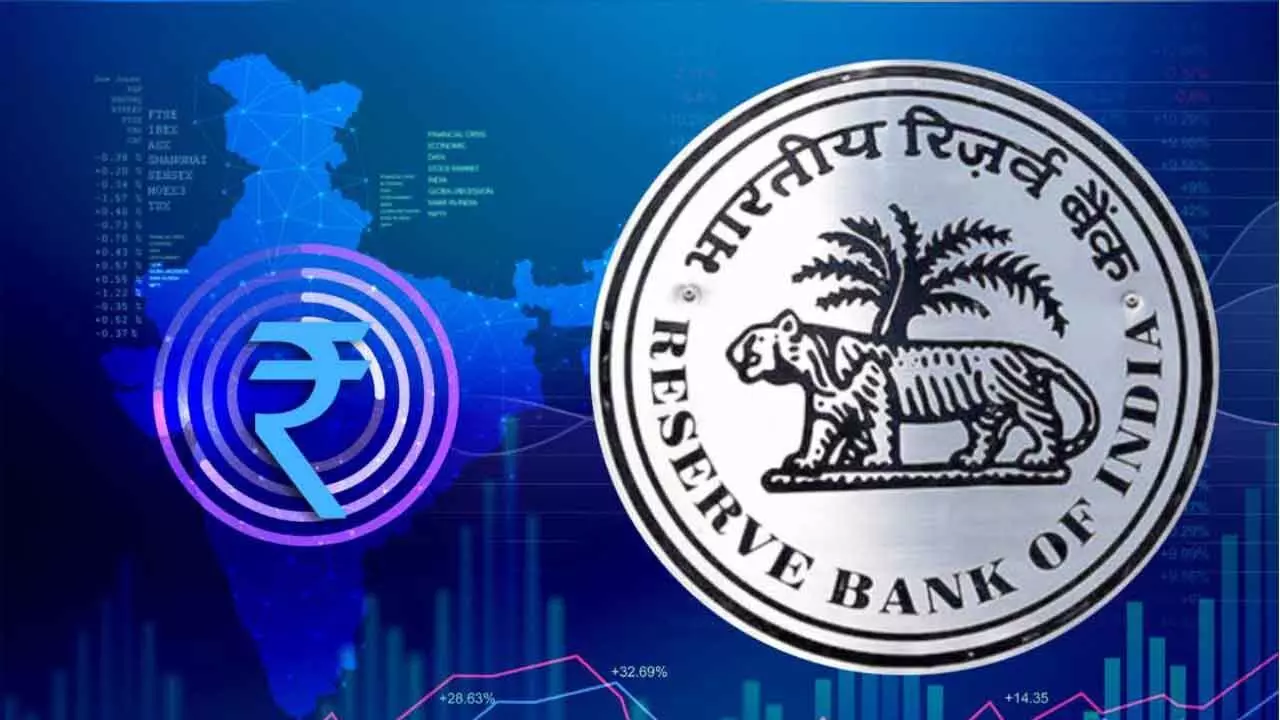RBI May Go For Rate Cut In Feb
Reserve Bank likely to opt for status quo on key rates tomorrow
RBI May Go For Rate Cut In Feb

A rate cut could further put downward pressure on rupee, at a time when the RBI is already intervening heavily in spot, forward, and NDF market in the last few months (estimated spot+forward intervention) -- Madhavi Arora, chief economist of Emkay
Mumbai: RBI’s Monetary Policy Committee (MPC), which started three-day meeting here on Wednesday to review annual policy monetary on a bi-monthly basis, is likely to maintain status quo on key policy rates.
Talking to Bizz Buzz, Dr Soumya Kanti Ghosh, a member of 16th Finance Commission and chief economic advisor of State Bank of India (SBI), says: “We believe the stance should continue to be neutral, supporting growth (withdrawal of accommodation removed in last policy).” He added that the first rate cut may happen in February.
It is better that the Q2 growth numbers do not prompt a knee jerk reaction in terms of monetary impulse like rate cut as headline inflation continues to trade at uncomfortable levels, though it is supposed to moderate from November. RBI needs to recalibrate its liquidity management strategy, says a study by the internal economists of SBI. While a cut in CRR (cash reserve ratio) would be a de facto option, the central bank in the past has expressed in no unambiguous terms that the use of headline CRR as a liquidity management tool may not be the ideal path.
Considering this, we propose that RBI may look at tweaking CRR at a micro basis on specific liabilities and make the tool counter cyclical for future, the report says.
The repo rate plays a crucial role in determining home loan interest rates and hence, in this context, it is an extremely sensitive factor in the housing market. Madhavi Arora, chief economist of Emkay, said: “A rate cut could further put downward pressure on rupee at a time when the RBI is already intervening heavily in spot, forward, and NDF market in the last few months (estimated spot+forward intervention).”
“We are inclined to believe that the policy choice has been to keep rupee in the middle of the EM Asia pack, even as there is natural disproportionate pressure on rupee vs peers. The RBI may want to weigh the forex cost of rate cuts (liquidity implication and sterilization cost as well as upward pressure on imported inflation), while deciding on their timing,” she said.

